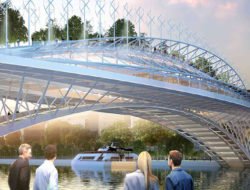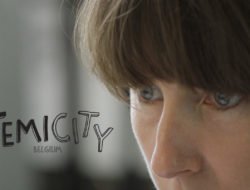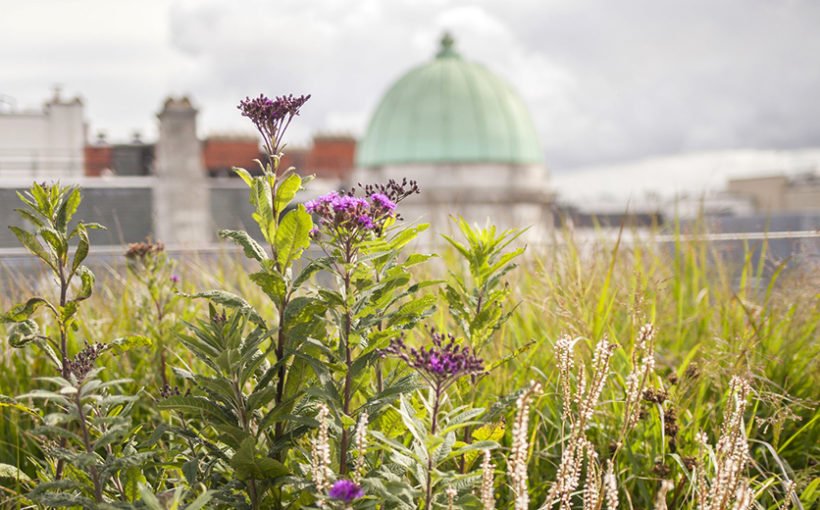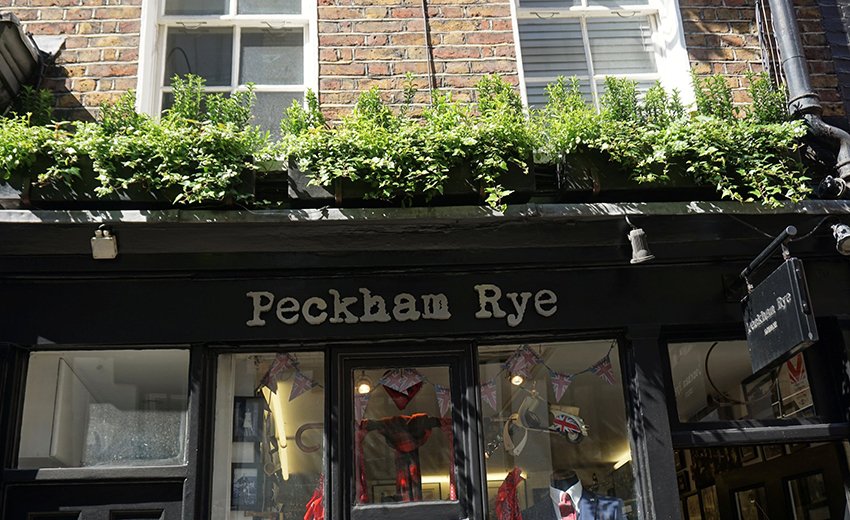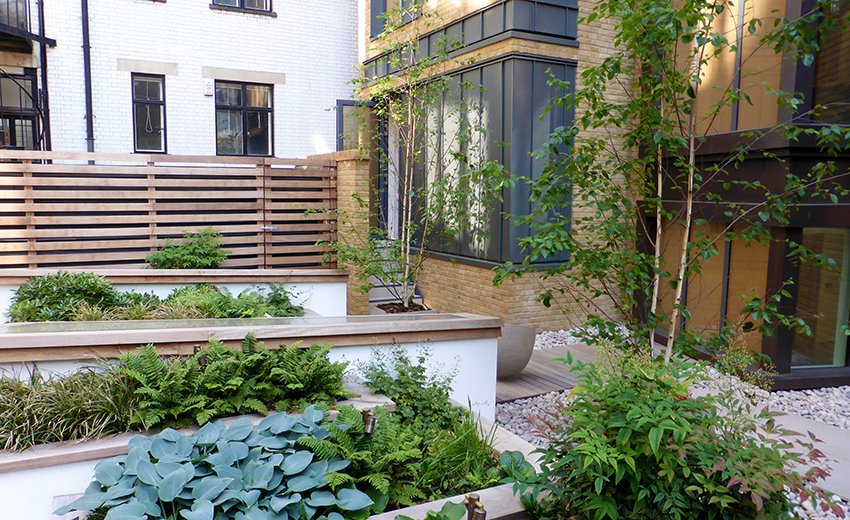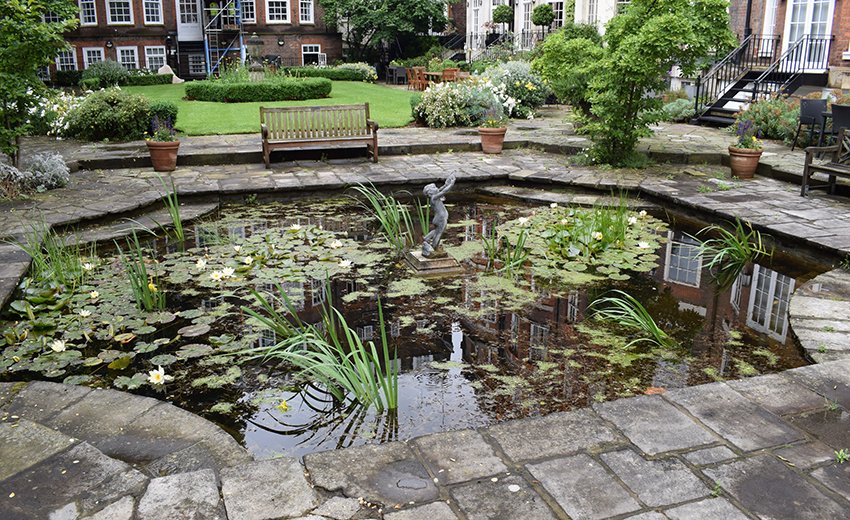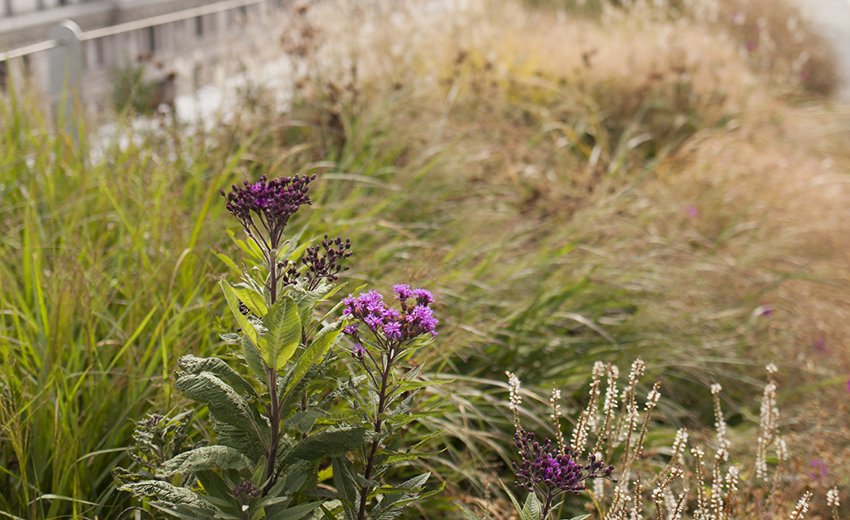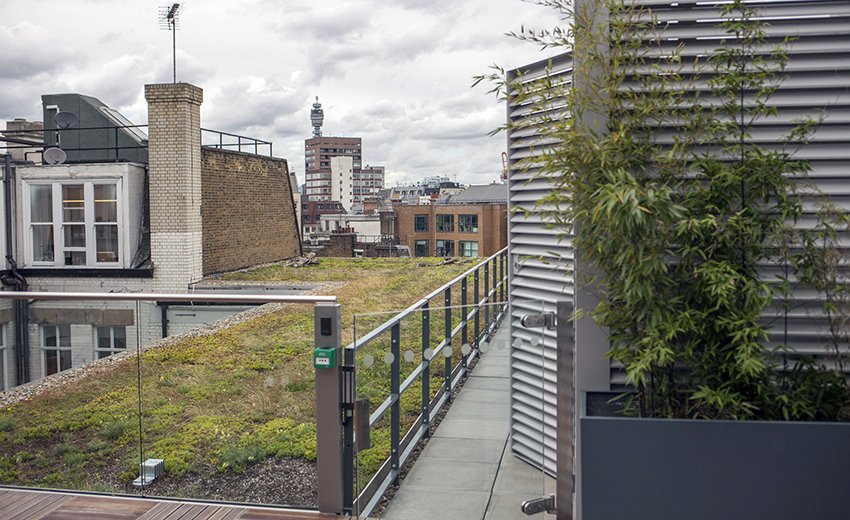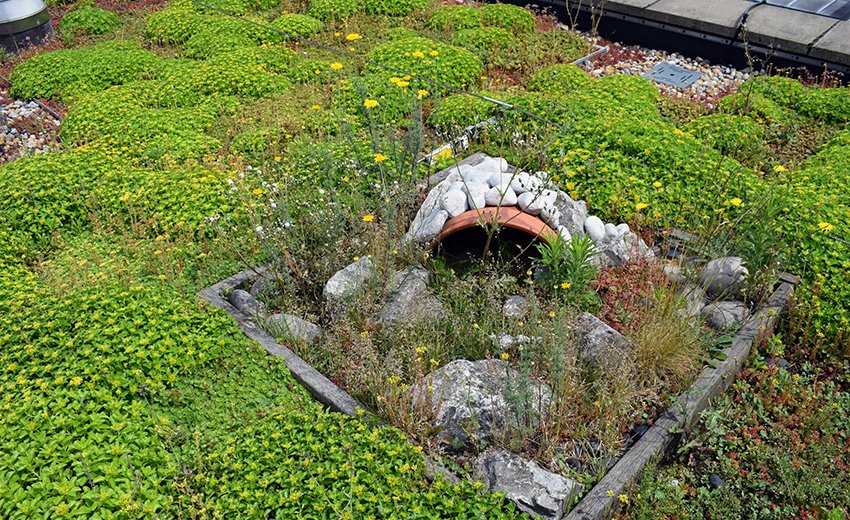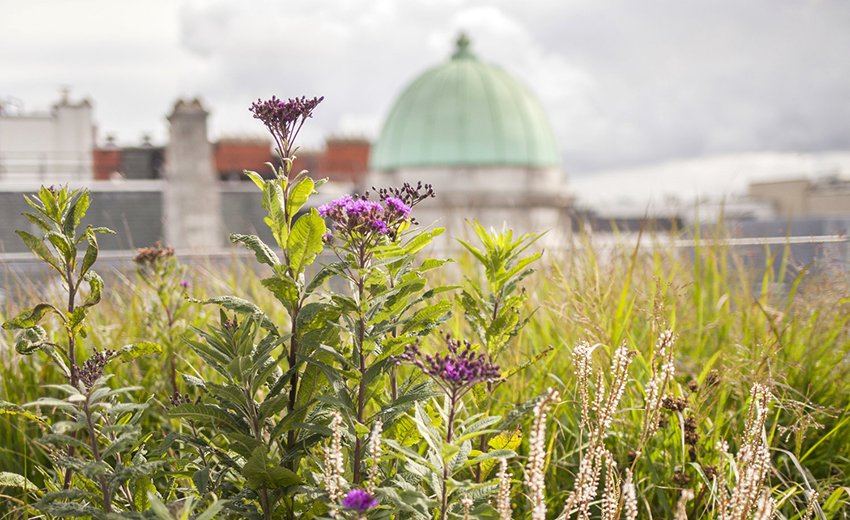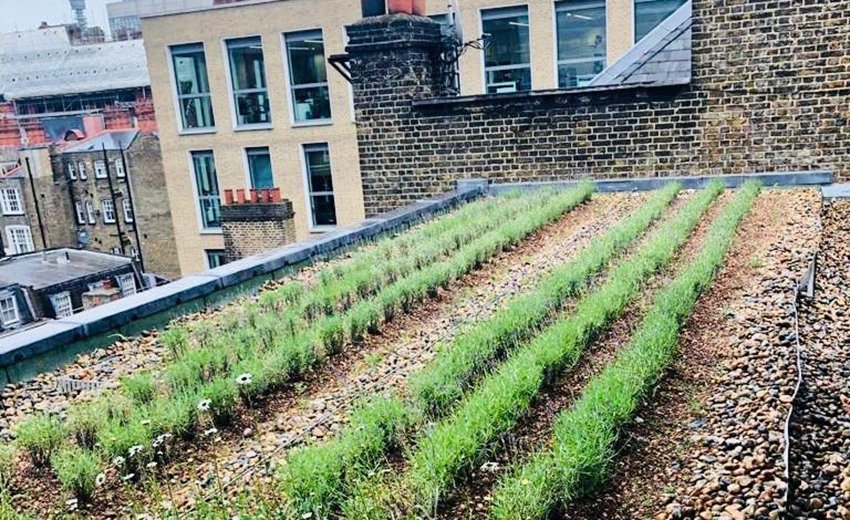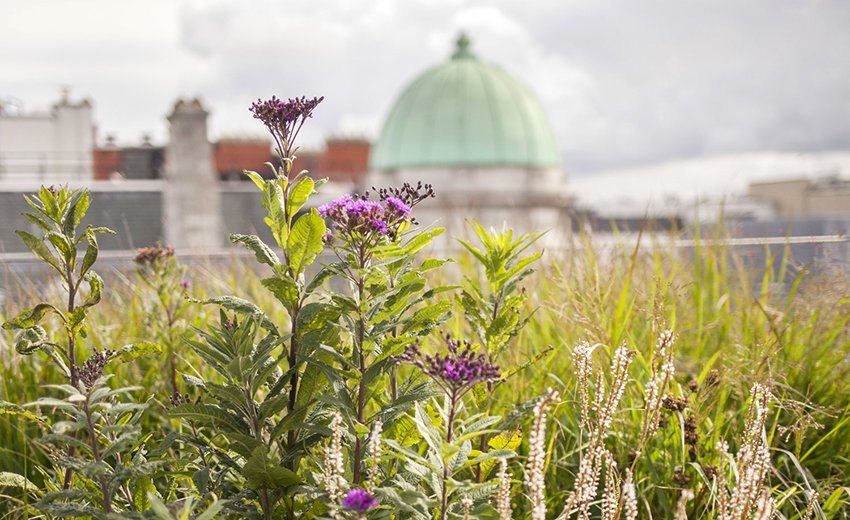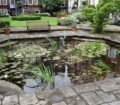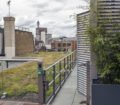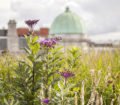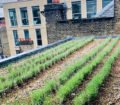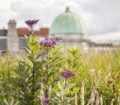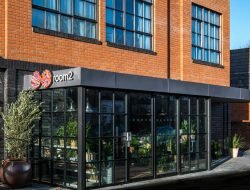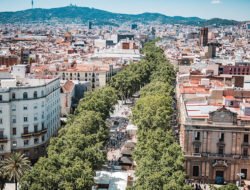A black redstart singing in central London? This extremely rare passerine bird is relocating to the city, along with a host of other wildlife species. It is the sign of a city that is giving nature back its rightful place.
The resurgence of this small passerine bird is one of many proofs that radical change is underway in London. Developers are gradually adopting the concept of rewilding, that is, the return of native flora and fauna to urban centres.
Biologists argue that such efforts are essential to maintain the biodiversity of these areas, even as cities grow and suburbs expand into former natural habitats, impoverishing them as a result.
Strengthening the ecosystem
Rewilding reintegrates biodiversity in cities, allowing citizens to reconnect with nature, and facilitating an enriching coexistence between animals, nature and humans.
An example? The Wild West End project, launched in 2015. It consists of a succession of islets of greenery on roofs, at street level and on the sides of buildings. Green roofs, flower walls, foliage plates, planters, beehives are all examples of places that are nowadays inhabited by bats, birds and butterflies. Right in the centre of London. Seven of London’s largest property developers have decided to join the project. As a result, progress has been swift: today, more than 2,500m2 of new green spaces have regained their place in the urban landscape.
This initiative highlights the ecological merits of returning urban land to its original owners. “This reconstruction improves a variety of ecosystem services, including fresh water supply, soil erosion reduction, flood prevention and the removal of air pollutants“, writes Richard T. Corlett, global specialist in urban reconstruction programmes.
Tags: biodiversity, London, rewilding, Richard T. Corlett, urban ecology

































